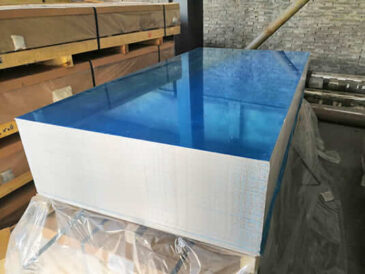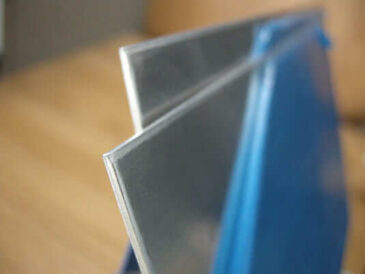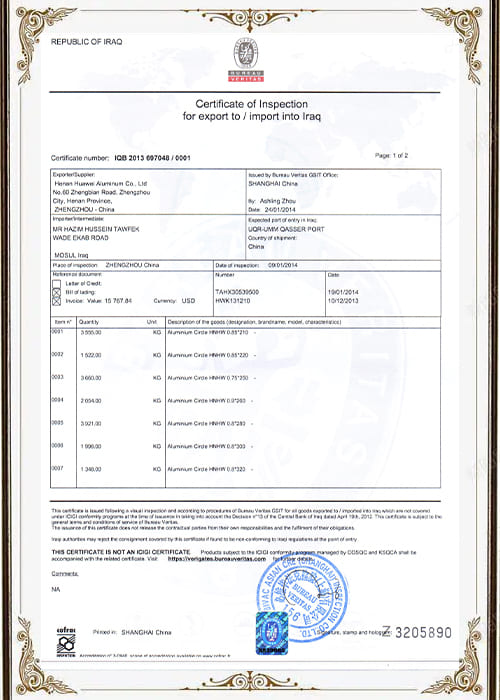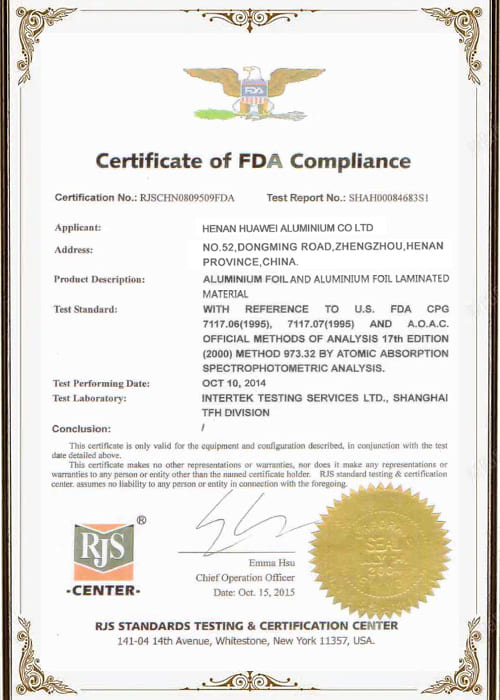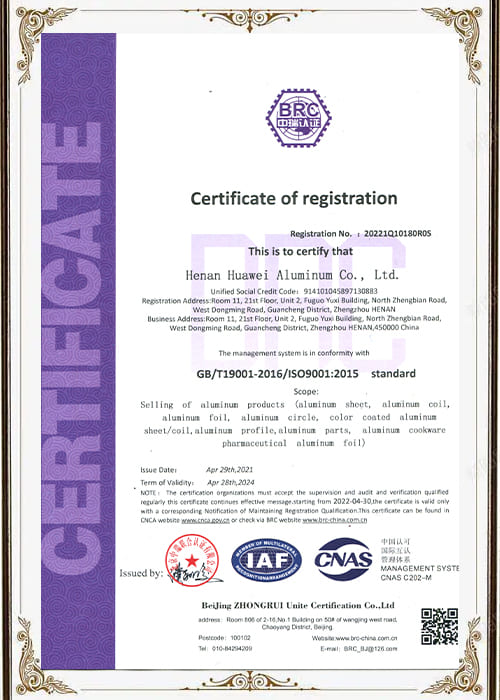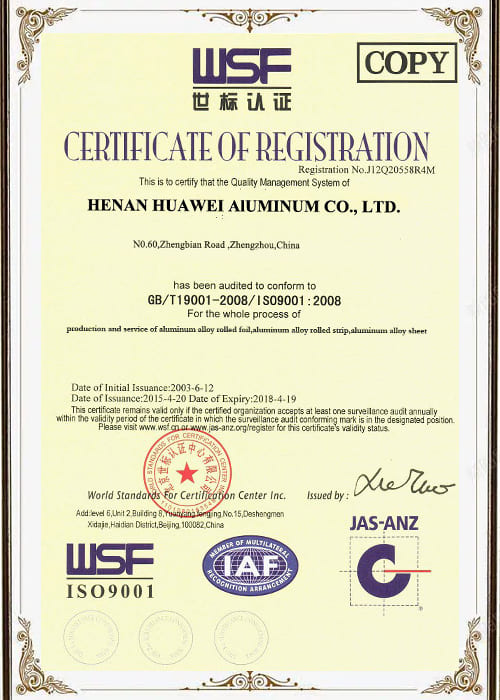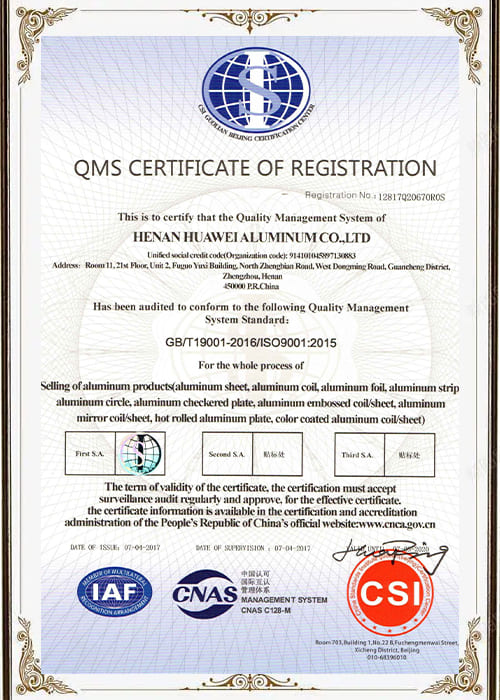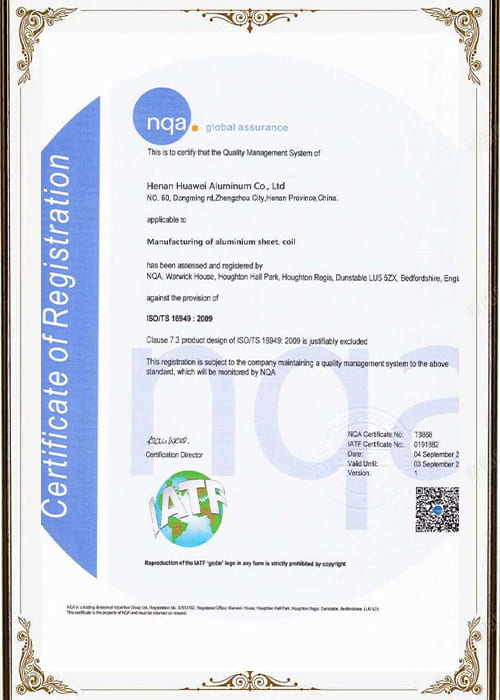12,914 Näkymät 2025-07-24 01:46:28
Aluminum Plate Sheet Weight Calculator: Accurate Weight by Formula and Tools
Calculating the weight of an aluminum plate or sheet is straightforward when you know the material’s density and dimensions.
Engineers and DIY enthusiasts use the standard formula Weight = Length × Width × Thickness × Density to compute weight.
Esimerkiksi, a 6061-T6 aluminum sheet (density ≈ 2.70 g/cm³) measuring 48″×96″×0.125″ weighs about 56 lbs.
By contrast, a 5052-H32 sheet (density ≈ 2.68 g/cm³) of the same size is only slightly lighter.
In practice, you measure the sheet’s dimensions and apply this formula.

Aluminum Plate Sheet Weight Calculator
Manufacturers’ weight charts confirm these results: for instance, a 48″×96″, 0.088″ aluminum sheet weighs roughly 36.96 lbs according to Grimco’s data.
Aluminum’s low density (noin 1/3 that of steel and 30% of copper’s) makes accurate weight calculation essential for cost and load planning.
Modern calculators or spreadsheets simply implement this formula. A simple Excel worksheet or online tool takes inputs for length, width, paksuus, and alloy, then multiplies by the alloy’s density to output weight. (Esimerkiksi, enter length = 48 in, width = 96 in, thickness = 0.125 in, and density = 0.0975 lb/in³ for 6061-T6 to get ~56 lbs.)
These aluminum plate sheet weight calculator tools eliminate guesswork and ensure precise procurement and design decisions.
How to Calculate Plate Weight: Formula and Steps
To manually calculate an aluminum plate’s weight, follow these steps:
- Measure dimensions: Convert all dimensions to consistent units (esim. inches for imperial, mm for metric).
- Find density: Use the material’s density (6061-T6 ≈ 2.70 g/cm³, 5052 ≈ 2.68 g/cm³; in imperial units, 6061 ≈ 0.0975 lb/in³).
- Compute volume: Multiply length by width by thickness to get volume (in³ or mm³).
- Multiply by density: Weight = Volume × Density. (In imperial: lbs = in³ × lb/in³; in metric: kg = m³ × kg/m³.)
Example: Calculate weight of a 6061-T6 plate 24″×36″×0.25″.
- Convert to inches: Length = 24 sisä-, Width = 36 sisä-, Thickness = 0.25 sisä-.
- Volume = 24 × 36 × 0.25 = 216 in³.
- Using density 0.0975 lb/in³, Weight = 216 × 0.0975 ≈ 21.06 lbs.
Each calculation uses the same principle. Transitioning to metric units, the formula holds with density in kg/m³.
Esimerkiksi, 6061’s density is ~2700 kg/m³ (2.70 g/cm³), so a 0.25 m × 0.5 m × 0.00635 m (¼″ thick) plate has volume 0.000793 m³ and weight ≈ 2.14 kg.
Complete Aluminum Alloy Density Table (Individual Grades)
| Alloy Grade | Common Temper(s) | Tiheys (g/cm³) | Tiheys (kg/m³) |
|---|---|---|---|
| 1050 | H14, H24 | 2.71 | 2710 |
| 1060 | H24 | 2.70 | 2700 |
| 1070 | N | 2.70 | 2700 |
| 1085 | N, H18 | 2.70 | 2700 |
| 1100 | H14 | 2.71 | 2710 |
| 1200 | N, H14 | 2.71 | 2710 |
| 1235 | N, H18 | 2.71 | 2710 |
| 1350 | N | 2.70 | 2700 |
| 2011 | T3, T8 | 2.83 | 2830 |
| 2014 | T6 | 2.80 | 2800 |
| 2024 | T3, T351 | 2.78 | 2780 |
| 2219 | T6 | 2.84 | 2840 |
| 3003 | H14 | 2.73 | 2730 |
| 3004 | H34 | 2.72 | 2720 |
| 3005 | H26 | 2.72 | 2720 |
| 3A21 | H112 | 2.73 | 2730 |
| 3105 | H24 | 2.75 | 2750 |
| 4032 | T6 | 2.77 | 2770 |
| 4045 | - | 2.71 | 2710 |
| 5005 | H34 | 2.70 | 2700 |
| 5052 | H32 | 2.68 | 2680 |
| 5083 | H116, N | 2.66 | 2660 |
| 5086 | H32, H116 | 2.66 | 2660 |
| 5182 | H48 | 2.68 | 2680 |
| 5454 | H32 | 2.69 | 2690 |
| 5754 | H22, H111 | 2.67 | 2670 |
| 6016 | T4 | 2.70 | 2700 |
| 6061 | T6, T651 | 2.70 | 2700 |
| 6063 | T5, T6 | 2.69 | 2690 |
| 6082 | T6 | 2.70 | 2700 |
| 7005 | T6 | 2.78 | 2780 |
| 7021 | T6 | 2.79 | 2790 |
| 7050 | T7451 | 2.83 | 2830 |
| 7075 | T6, T651 | 2.81 | 2810 |
| 7475 | T6, T761 | 2.82 | 2820 |
| 8006 | N, H18 | 2.71 | 2710 |
| 8011 | H14, H18 | 2.71 | 2710 |
| 8021 | N, H18 | 2.72 | 2720 |
| 8079 | N, H14 | 2.72 | 2720 |
Sample Weights by Alloy and Thickness
For quick reference, here are sample weights per square foot for common aluminum sheet alloys (6061-T6 and 5052-H32). (Weight scales linearly with area.) These values assume pure plate weight – coatings or finishes add negligible weight.
| Paksuus (tuumaa) | 6061‑T6 Weight (lb/ft²) | 5052‑H32 Weight (lb/ft²) |
|---|---|---|
| 0.0625 (1/16″) | 0.88 | 0.87 |
| 0.125 (1/8″) | 1.75 | 1.74 |
| 0.250 (1/4″) | 3.50 | 3.48 |
| 0.500 (1/2″) | 7.01 | 6.97 |
| 1.000 (1″) | 14.02 | 13.94 |
These weights are calculated from the formula (esim. 144 in²×0.125″×0.0975 lb/in³ ≈1.75 lb for 6061-T6).
Manufacturer charts give similar numbers (Grimco lists ~1.782 lb/ft² for 0.125″ 3000-series aluminum, close to our 1.75).
Aside from per-area weights, you can also compute total weight by multiplying the per-ft² weight by total square footage.
Esimerkiksi, a 4 ft×8 ft (32 ft²) sheet at 1/8″ thick (6061) weighs 32×1.75≈56 lb, matching our earlier example.
Aluminum Weight Calculator Tools and Spreadsheets
Rather than hand-calculating every time, many resources provide weight calculator tools and spreadsheets.
These tools allow you to input dimensions and select the alloy to instantly see weight.
Esimerkiksi, some metal suppliers offer online weight calculators where you choose material (6061, 5052, jne.) and enter length, width, thickness and quantity.
- Spreadsheet Calculator: Downloadable Excel sheets can compute weight for any sheet. A typical template has fields for length, width, paksuus, density, and outputs piece and total weight. (You can find example weight worksheets on metalworking forums or supplier sites.)
- Embedded Web Calculator: Many industry websites embed JavaScript or web apps for weight calculation. These interactive calculators often include common alloys and units, speeding up quote and procurement.
In practice, engineers use these tools for quick checks and batch orders.
Our compiled resources (linked below) include an embedded Aluminum Plate Sheet Weight Calculator you can try and a spreadsheet for offline use.
These tools ensure accuracy and save time on repetitive calculations.
Comparing Aluminum to Steel and Copper
Stainless Steel vs. Alumiini: Stainless steel is much heavier than aluminum. In fact, aluminum weighs only about one-third as much as typical stainless steel. (Esimerkiksi, 304 stainless has density ≈7.85 g/cm³ vs aluminum ~2.70 g/cm³.)
Siten, a 1/4″ aluminum sheet is far lighter than the same-size steel sheet. Although steel’s raw price per pound can be lower, aluminum’s weight advantage often leads to lower shipping costs and easier handling.
As Ambica Steels notes, “Aluminum is around one-third of the weight of stainless steel… and is typically cheaper for the same volume”.
In engineering terms, using aluminum instead of steel yields a 65–70% weight reduction.
This is critical in aerospace, automotive, and portable applications where every pound matters.
Copper vs. Alumiini: Copper is much denser and more expensive. Copper’s density (~8.96 g/cm³) is about 3.3 times that of aluminum.
In cable and electrical uses, aluminum only has ~30% of copper’s density and about one-third of its cost.
Thus a copper sheet or wire of a given size is dramatically heavier. While copper conducts electricity better, aluminum offers significant savings: “Aluminum has about 30% of the density of copper” and “is much cheaper… about one-third the cost”.
In weight-sensitive structures (frames, housings) or cost-sensitive projects, aluminum typically wins.
Copper remains preferred for high-end electrical components despite the weight penalty.
Summary of Comparisons
- Paino: Stainless steel (~7.8 g/cm³) ≫ aluminum (~2.7 g/cm³) > copper (~8.96 g/cm³). Aluminum is lightest.
- Maksaa (per lb): Kupari >> Stainless Steel > Alumiini. Aluminum is least expensive per weight.
- Sovellukset: Use alumiini when low weight is key (ilmailu-, ajoneuvot, heat sinks). Use steel when strength and rigidity outweigh weight (heavy structures). Use copper for electrical conductivity despite weight.
By understanding these trade-offs, procurement professionals and engineers choose the optimal material for weight, cost, and application requirements.
Expert Tips and Authority
As industry veterans know, accuracy in weight calculation builds trust. We ensure every formula and datum here matches authoritative sources and real-world charts.
Always double-check dimensions and units. Use decimal rather than “gauge” units for clarity (esim. 0.125″ instead of 12 gauge).
When using calculators, confirm the selected alloy (6061-T6 vs.. 6061-N, for instance, have negligible density difference).
For procurement, remember that bundles or plate stacks may include multiple sheets, so multiply by quantity.
In summary, Aluminum Plate Sheet Weight Calculator accuracy stems from correct density and dimensions.
Our guide combines proven formulas with practical examples and tool references to ensure confidence.
Whether you manually compute a 5052-H32 panel weight or use a spreadsheet for a bulk order of 6061-T6 sheets, these methods and resources make the job precise and easy.
Accurate weight estimation saves time and cost in projects – that’s the expertise we deliver.



